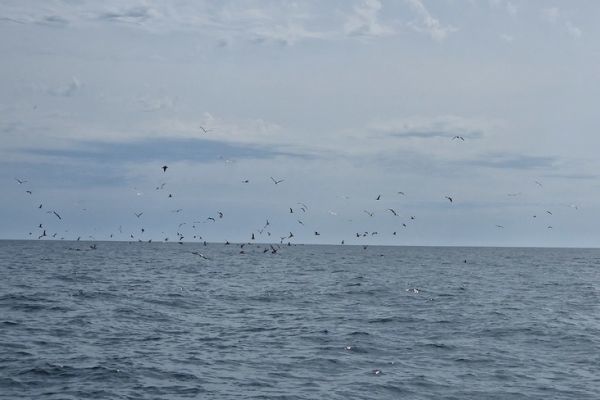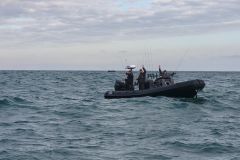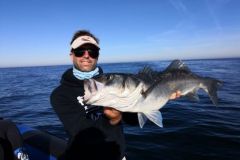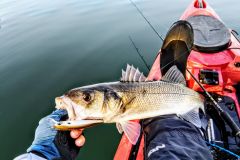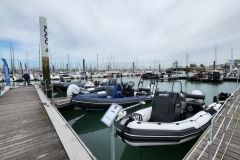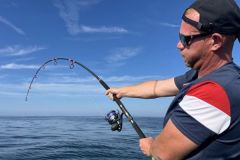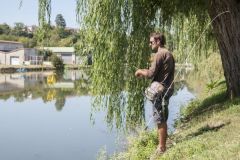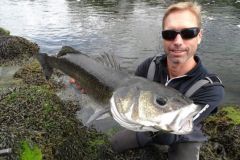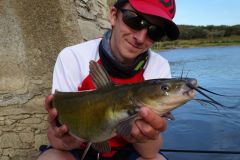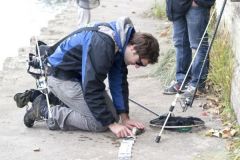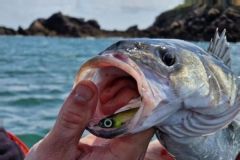How to spot hunting?
While it's possible to locate a mast of bass or predators in general with a depth sounder while sailing, the most obvious signs that any angler should look for on the water are the presence of birds or baitfish jumping on the surface.
The most obvious signs are, of course, the diving of birds and the bubbling of forage and predators on the surface, but they're not the only ones to pique your interest. Landed birds can be a sign of past or imminent activity, and those flying synchronously in the same direction should be your guide.
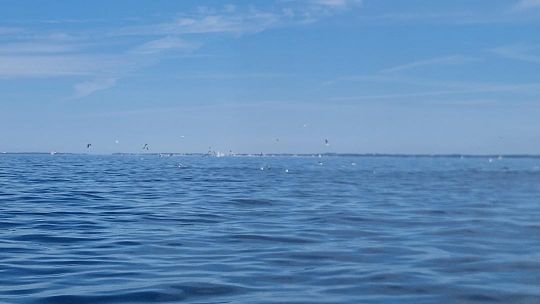
Why go hunting?
It's not uncommon to find active sea bass mattes in the middle of nowhere, on seemingly monotonous bottoms with no particular current veins. And yet, these concentrations do exist and rely on the presence of forage fish and parameters that are not necessarily observable and identifiable. What's even stranger is that these groupings of fish and the ensuing hunts often take place in the same area and at the same time on several consecutive days, and are often repeated from one season to the next under the same conditions. This phenomenon demonstrates the obvious influence of various factors, such as structures, substrates, current veins or tidal moments, which result in the presence of baitfish and the setting up of predator hunts.
Which ones to fish for?
The simplest answer is ALL, but if several are occurring at the same time, choose the one that's perfectly in place and looks the most intense. Nevertheless, it's a good idea to try your luck on another one if catches are scarce or difficult, or if the average catch size is small.
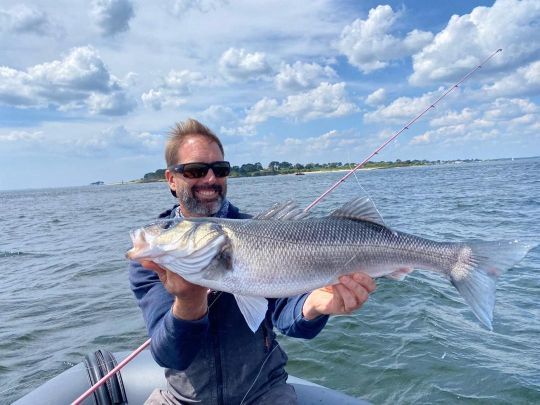
How do you approach them?
The main objective when approaching a hunt is not to interrupt it, but to be able to cast your lure into it. That's why you need to take the wind's direction into account, position yourself with the wind at your back and let yourself drift towards it. There's no need to cast your lure in the middle of a hunt to make the first catches, as the visible part of the hunt is often minimal compared to the submerged part, and many bass gravitate towards the periphery.
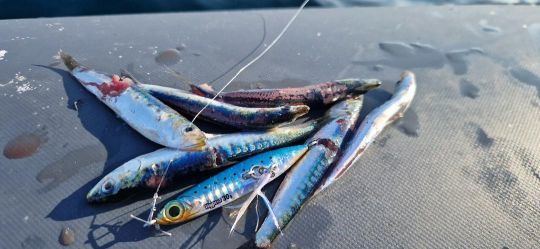
What techniques, what lures?
On hunts, all lures can be effective, as well as the opposite... Sometimes bass will not be fussy and will attack all lures, and other times you'll have to find the right size and color for your prey.
Nevertheless, jigs are often good allies, as they allow you to cast far and imitate small prey.
Whatever lures you choose, go for fast, aggressive animations and start at the surface before fishing deeper.
Finally, it's always a good idea, especially when mackerel or horse mackerel are present, to fish under the hunt with large lures to flush out the larger bass that are hunting other smaller predators...
Report summary
1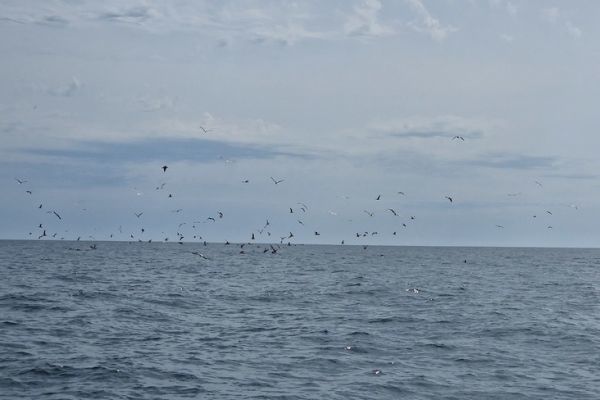
Fishing spots: look for open-water hunting for sea bass
2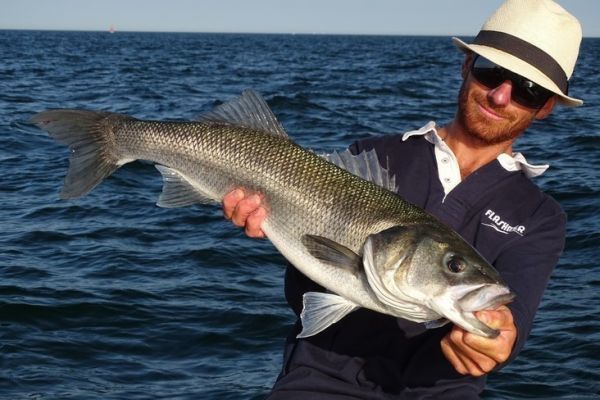
Finding the right spots for bass fishing: prospecting for wrecks
3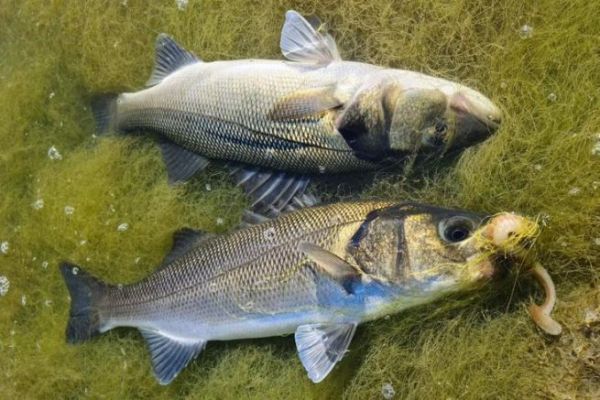
The best spots for sea bass fishing: fringe meadows
4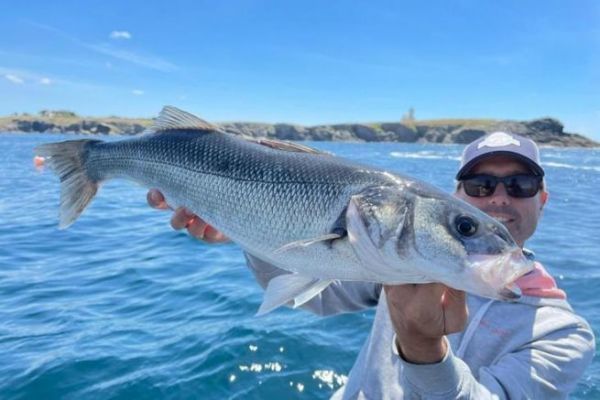
Sea bass fishing spots: rocky coasts from shore and by boat
5
Finding the right spots for bass fishing: rocky plateaus
6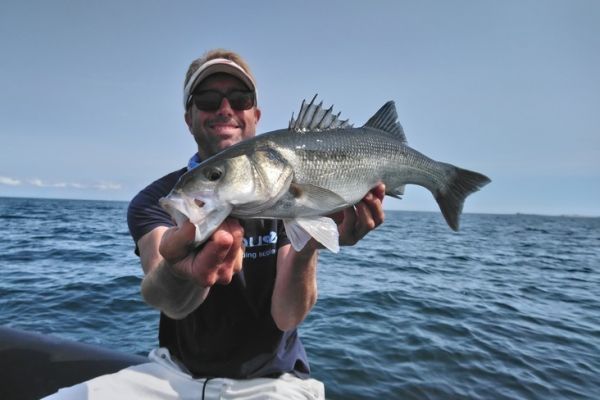
Sea bass spots: the unmissable, fruitful rock heads
7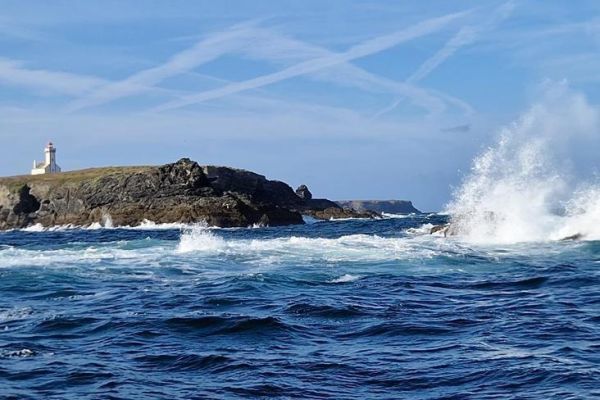
Good bar spots: focus on emerging rocks and foam
8
Good spots for bass fishing: rocky points
9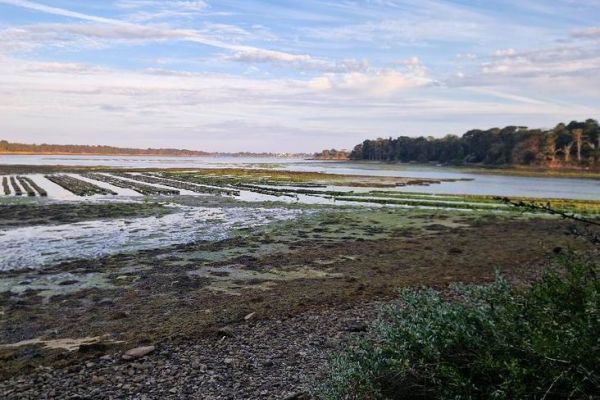
Good spots for bass fishing: oyster beds
10
The best spots for bass fishing: prospect for mouths
11

 /
/ 